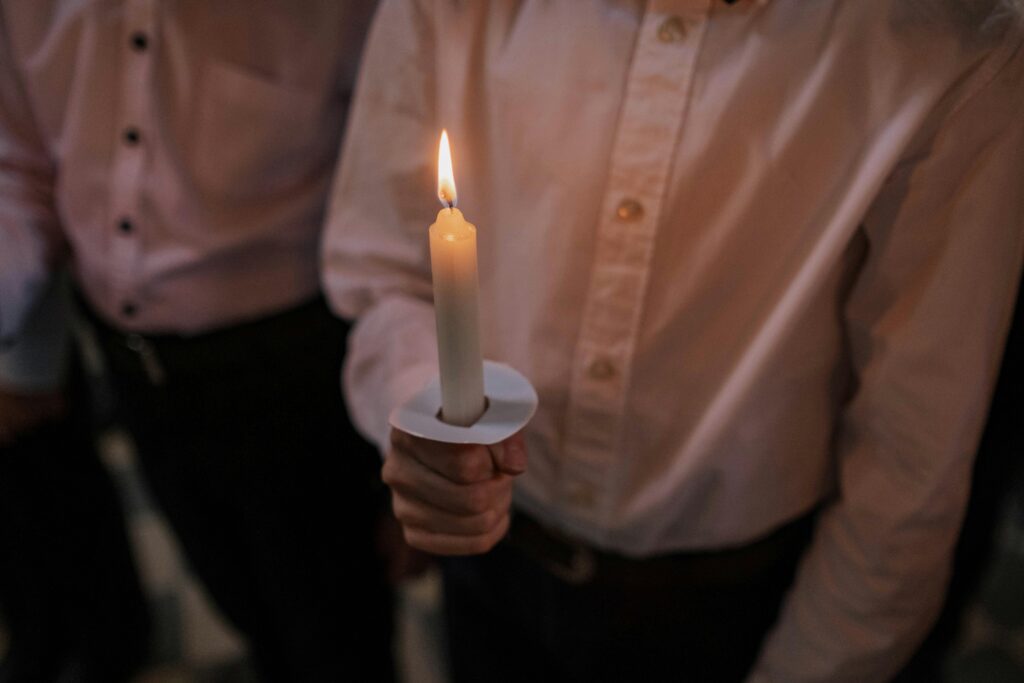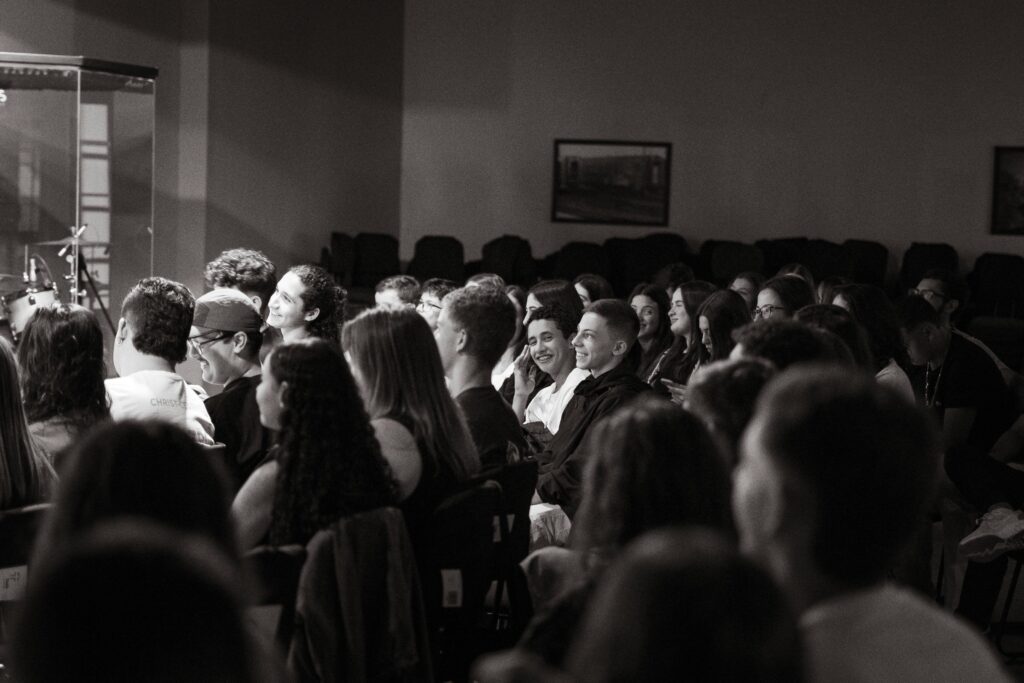The Reform of Personal Prelatures and Opus Dei
Pope Francis is currently making good on one of the core promises of his pontificate as he continues to carry out a profound reform of the Vatican with the aim of facilitating the evangelizing mission of the Church. To this end, Francis, among other things, is thoroughly revising Canon Law with the awareness that good law generates harmony […]

Pope Francis is currently making good on one of the core promises of his pontificate as he continues to carry out a profound reform of the Vatican with the aim of facilitating the evangelizing mission of the Church. To this end, Francis, among other things, is thoroughly revising Canon Law with the awareness that good law generates harmony and unity, boosts efficiency and provides greater legal certainty to the institutions under his care.
The reform of personal prelatures (canons 295 and 296 of the Codeo of Canon Law) recently undertaken by the pontiff corresponds to this aspiration. The creation of personal prelatures (Decree Presbyterorum Ordinis, 10) as ecclesiastical entities for the distribution of the clergy and for the fulfillment of special apostolic tasks was one of the great pastoral contributions of the Second Vatican Council and of post-conciliar legislation. It is comparable to the creation of juridical persons under Medieval canon law, long before the emergence of this legal concept in secular law.
In creating personal prelatures, the Second Vatican Council opted to incorporate into the Church the then novel idea of functionality, a third pillar for organizing its institutions as a complement to two other great pillars: the principles of personality and territoriality. The principle of functionality justifies and legitimizes the creation of ecclesiastical institutions with the express aim of covering acute pastoral needs identified by the Church hierarchy. This might include caring for persecuted Christians, aiding migrants or marginalized social groups, or helping care for those with contagious diseases or rebuilding the Church in a war-torn area. Or it could be the mission of promoting the universal call to holiness, one of the chief contributions of Vatican II, as in the case of Opus Dei, the only prelature erected until now — by Saint John Paul II more than forty years ago. In the particular tasks of a prelature, sometimes only priests would be needed. But at other times, most notably with Opus Dei or the Work of God, priests and laity work hand in hand together, as a specific charismatic expression of the unity of the people of God as originally conceived in 1928 by its founder, the Spanish priest Saint Josemaria Escriva.
Around this brilliant and revolutionary idea, and very much in line with what was happening in secular law, an impassioned canonical debate soon arose about the juridical nature of personal prelatures. Their emergence required reinterpreting and enriching legal frameworks and coming to a new understanding of the dualisms of territoriality-personality, charism-hierarchy, priesthood-laity within the bounds of existing Church law. Thus, some canon lawyers tended to consider prelatures as quasi-diocesan pastoral circumscriptions, assimilable, but not identifiable, to the particular churches, and thus emphasized their hierarchical character. Others conceived of the personal prelatures as entities of associative basis for a better formation, incardination and distribution of clergy at the service of the particular churches and, therefore, assimilable, but not identifiable, to certain clerical associations. In this way they put more emphasis on the associative and clerical components of personal prelatures. Unfortunately, the lack of agreement among canon lawyers on this central point hindered the process of creating new personal prelatures to carry out certain, identifiable pastoral tasks of the Church.
With the adoption of new regulations governing prelatures, Pope Francis has clarified some questions about their structures and cast a spotlight on other areas already well known and discussed by experts in Canon Law. The new revisions make it very clear that prelatures are not quasi-diocesan hierarchical structures and, therefore, cannot be assimilated to particular churches. Contrary to the opinion of some canon lawyers, the reform expressly assimilates prelatures to public clerical associations of pontifical law with the power to incardinate clergy. This is, perhaps, the central point of the reform. To highlight this assimilation, the reform also establishes that the prelate, more than the Ordinary of the prelature, as Paul VI and John Paul II pointed out, is a moderator with jurisdictional faculties to incardinate priests, erect a seminary and guide the ministry at the service of the purpose of the prelature. On the other hand, the new regulations make clear and emphasize that the laity who work in the service of the Prelature are faithful members of their own respective dioceses and will continue to be part of them. This latter point was and is undisputed.
It is highly important to emphasize that to assimilate in law is not to identify, but to look for a primum analogatum, a primary concept that serves as a reference point for the proper interpretation and application of the law. By way of analogy, it is possible to assimilate a qualifying resident into a country as one of its citizens after a few years of legal residence, but that person is still not and will never be a native citizen. As another example, a domestic partnership can be assimilated, for all legal purposes, as or akin to a civil marriage, but it is still not identifiable as a civil marriage. One can and also should assimilate, for legal purposes, a biological child and an adopted child, a child in marriage and a child out of wedlock, even though they are not identifiable. Assimilation is a legislative technique that avoids unnecessary repetition, facilitates interpretation and allows the orderly development of nascent institutions. But fully identifying the assimilated elements is a mistake that ends up denaturalizing the weaker component.
To say that prelatures can be assimilated to certain clerical associations essentially means, in the final reading, that they are not clerical associations, but something else. In order to grasp the nature of personal prelatures, one must have recourse to the principle of functionality, and not only to the associative principle. It is necessary to look at the prelature’s mission — the specific task to which it is oriented — in order to think about the form of its organization. Many of the services or apostolic tasks peculiar to the personal prelatures will be more charismatic than hierarchical (this is the case of Opus Dei, as Francis has recently reminded us) rather than the other way around. Everything fits or should fit harmoniously. But we must not forget that every ecclesiastical reality is both, though in different degrees. The hierarchy strengthens unity in diversity, the charism, on the other hand, diversity in unity.
This is where the presence of the laity comes in. There will be personal prelatures with laity and others without. It is obvious that there is no room for personal prelatures without clergy. But the door cannot be closed to the incorporation of lay people into personal prelatures when this is a foundational requirement of the charism, as it is in the case of the Work. Opus Dei is a family made up of laity and priests, women and men, married and single, rich and poor. The principle of functionality, or its specific mission, complements the principle of territoriality and determines the form of organization.
When John Paul II established Opus Dei as a personal prelature, he recognized the charism granted by God to St. Josemaría to promote the universal call to holiness in the midst of the world and elevated it to the category of an urgently needed task in the Church, one coinciding with the central message of the Second Vatican Council. For this reason, Pope John Paul II created the first prelature, composed of priests and laity, that would always be at the service of their respective dioceses. With this approval, he also responded to a deep and abiding aspiration of the founder of Opus Dei: to find a juridical formula appropriately suited to the specific charism of Opus Dei.
That this prelature can be assimilated to certain clerical associations is a totally acceptable juridical formulation. But a clerical interpretation, or even a strictly clericalist interpretation, of the reform would not only assimilate but impede the essential charism that forms the bedrock of this prelature’s mission. Thus, it would erroneously identify the prelature with a clerical association and denaturalize the essentially secular charism of the only prelature erected by the Holy See. Moreover, a reform tending toward excessive clericalization, or any excess of academic rigidity, would deny what has long been the existing pastoral reality of this prelature. In turn that would contravene the evangelizing and sinodal spirit that Pope Francis has been seeking to promote since the very beginning of his pontificate.
Rafael Domingo-Osle is Álvaro d’Ors Professor of Law at the University of Navarra
Related

Cardinal Arizmendi: Beware of Artificial Intelligence!
Felipe Arizmendi
09 April, 2025
5 min

Revolutionize Celebrations
Mar Dorrio
09 April, 2025
2 min

Reasonable Answers About Our Faith
Mario J. Paredes
09 April, 2025
5 min

Sensitivity in a Managerial Key: The Forgotten Muscle of Meaningful Leadership
Alejandro Fontana
08 April, 2025
3 min
 (EN)
(EN)
 (ES)
(ES)
 (IT)
(IT)

